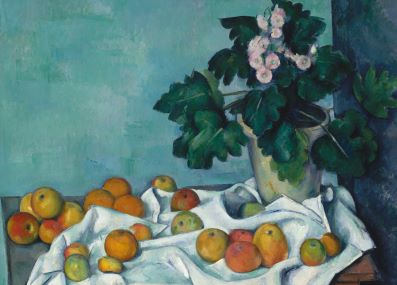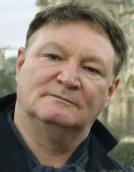Art and Perception

What did artists know about the psychology of perception?
How have artists assisted philosophers and psychologists in their work on cognition and perception?
We examine how artists exploit and investigate aspects of how we see the world and pictures.
Our research falls into four interlocking areas:
The impact of psychology on art investigates what artists knew about the psychology of perception and how they applied this knowledge, from the late eighteenth century onwards. Topics include the impact of theories colour mixture and harmony on Seurat and the Bauhaus; and Whistler’s interest in peripheral vision.
How psychology explains artistic perception examines why paintings deviate from norms of perspectival space and colour constancy. It addresses the Pre-Raphaelites’ and Impressionists’ depiction of coloured shadows; and so-called ‘distortions’ in the work of Cezanne with reference to theories of vision for action and holistic face perception.
How pictures work analyses the projection systems artists use to map space, and the physical marks they employ to render corresponding features of scenes. Drawing on neuroscience and transformational generative grammar, it examines how some artists, such as van Gogh, employed projection and marks in unconventional ways, to poetic effect.
Art anticipating psychology examines how artists from Leonardo onwards studies the process of perception as they experienced it. While artists are emphatically not neuroscientists (who analyse the brain structures and process responsible for perception), their research has provided food for thought for philosophers and psychologists.
Publications:
- 'Painting, Science, and the Perception of Coloured Shadows: 'The Most Beautiful Blue'
Routledge 2021 - ‘Cézanne’s Colour Lab: (not-so-) still life’,
in The World is an Apple: The Still Lifes of Paul Cézanne
ed. Benedict Leca (Art Gallery of Hamilton, 2014), 92-144. - 'Cézanne's "Primitive" Perspective, or the "View from Everywhere',
Paul Smith, 2013
The Art Bulletin 95, no. 1 102-19. - 'Pictorial Grammar: Chomsky, John Willats, and the rules of representation'
Paul Smith, 2011
Art History 34, no. 3, 563-93.
Theme lead

Professor Paul Smith
School of Creative Arts, Performance and Visual Cultures
